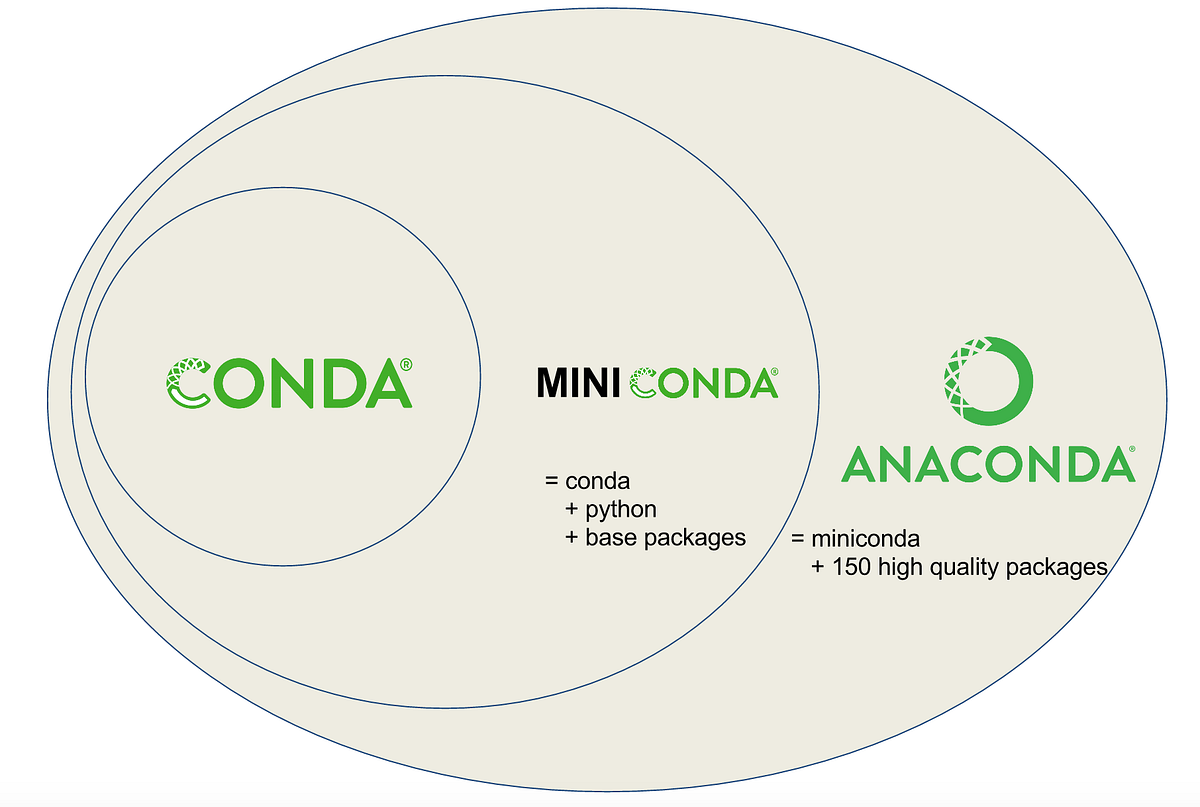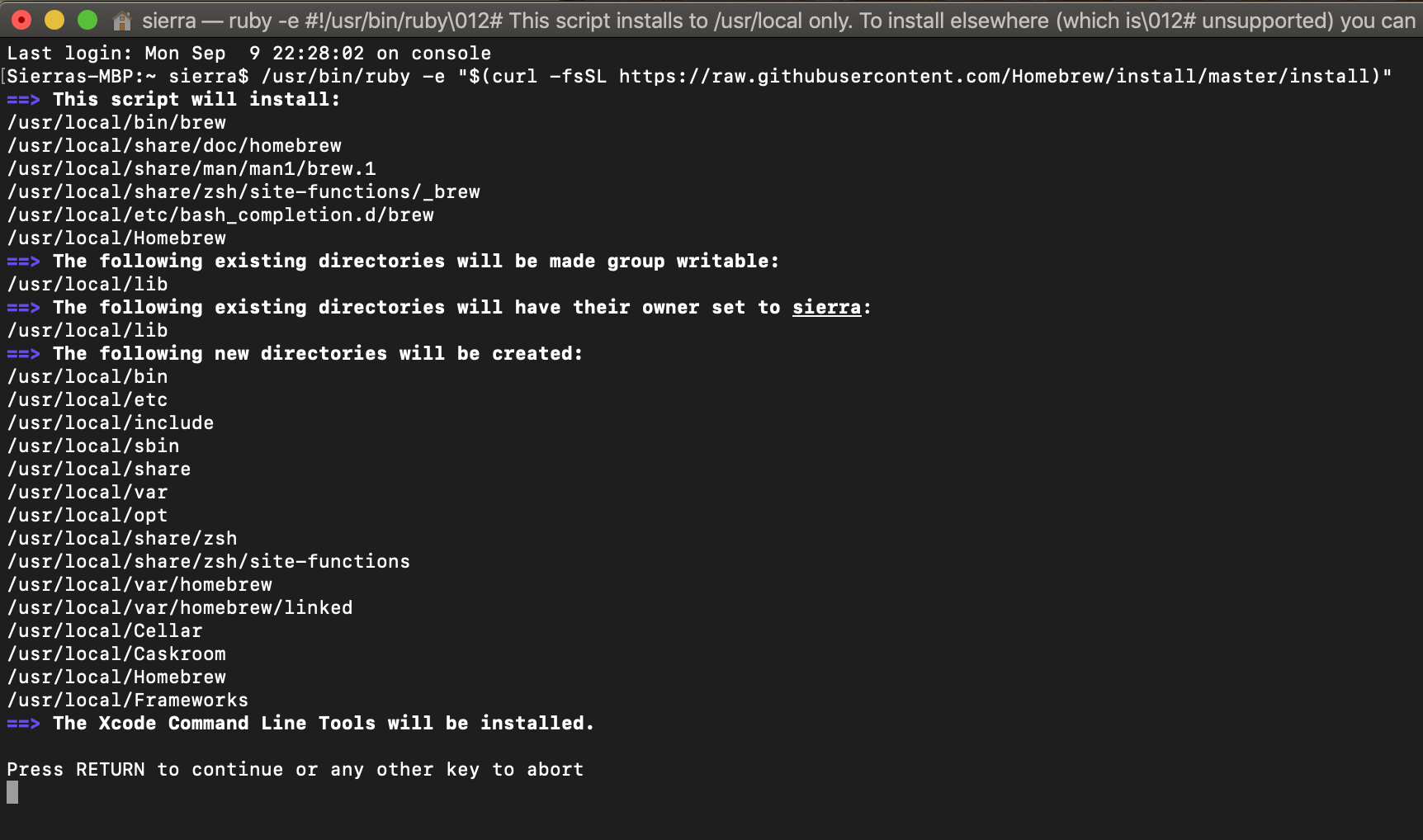

- #HOW TO UPDATE PYTHON ON MAC TERMINAL HOW TO#
- #HOW TO UPDATE PYTHON ON MAC TERMINAL INSTALL#
- #HOW TO UPDATE PYTHON ON MAC TERMINAL FULL#
Note: you may need to create a new shell or reload your bash_profile in your current shell for the pyenv initialization to do its thing (set up shims).
#HOW TO UPDATE PYTHON ON MAC TERMINAL FULL#
MacUpdate provides a full repository of tutorials on Mac software. Follow these simple steps to remove TeamViewer and its corresponding files from your Mac.
#HOW TO UPDATE PYTHON ON MAC TERMINAL INSTALL#
Now install some python using pyenv and then switch to it with the pyenv local command (you can see all your versions with pyenv versions). This is how we’ve completely uninstalled Office 2011 and all corresponding files from Mac. If command -v pyenv 1>/dev/null 2>&1 then
#HOW TO UPDATE PYTHON ON MAC TERMINAL HOW TO#
The pyenv repo is pretty detailed on how to install for different systems and what it's actually doing, but here's the basic steps for mac:

Sudo update-alternatives -install /usr/bin/python python /usr/bin/python3.6 1 sudo update-alternatives -install /usr/bin/python python /usr/bin/python3.9 2 sudo update-alternatives -install /usr/bin/python python /usr/bin/python2.7 3 update-alternatives: using /usr/bin/python3.6 to provide /usr/bin/python (python) in auto mode Now run the following commands changing the version numbers to suit what you have. You may also want to list Python 2.* versions if you want to add one of them as an option:

Start by listing all the installed versions of Python 3 so you can choose the version options to add. To update Python to the latest version installed on your system, we can use update-alternatives to change the python shortcut command to point to Python 3.9.īefore we do this, we need to add Python 3.9 as an option in update-alternatives. If you have followed my article on how to install Python 3.9 on Ubuntu, you will notice that 3.9 is not the version used when running the following command: In this article, we will learn how to change the default Python version so that it can be used without explicitly typing a version number. After installing the latest version of Python 3 on your system, you will notice that an older version is still used when executing Python VIA the python and python3 commands.


 0 kommentar(er)
0 kommentar(er)
